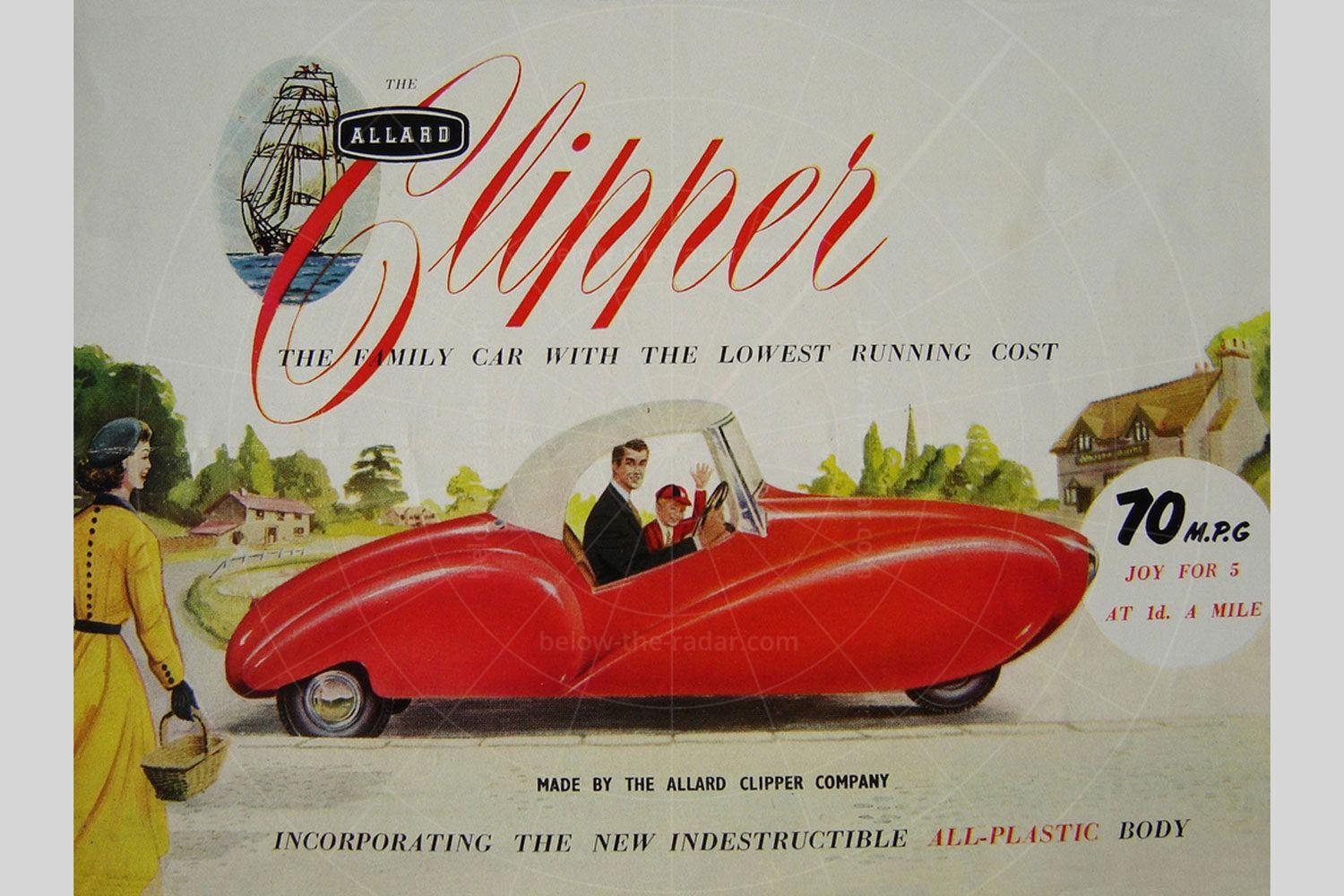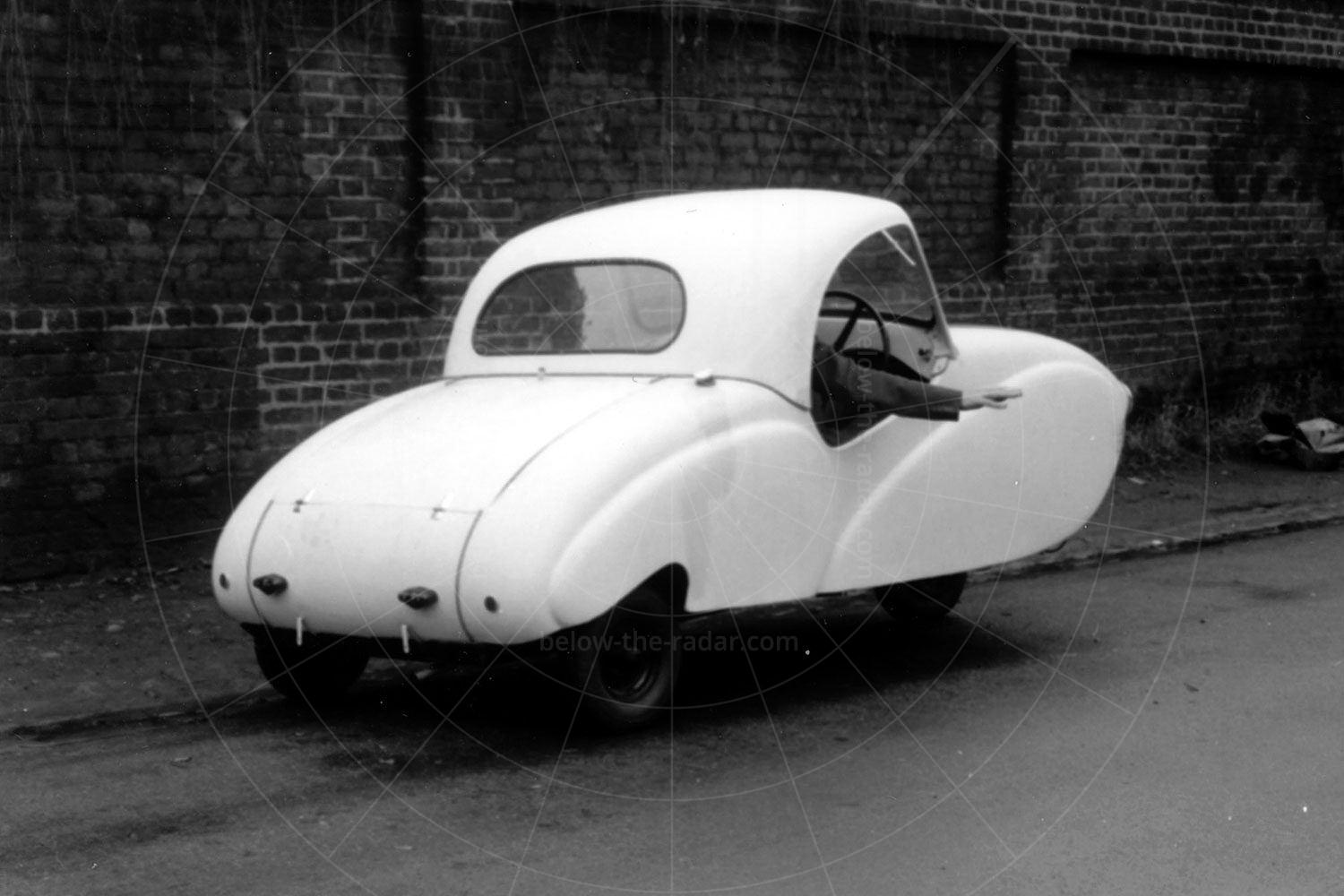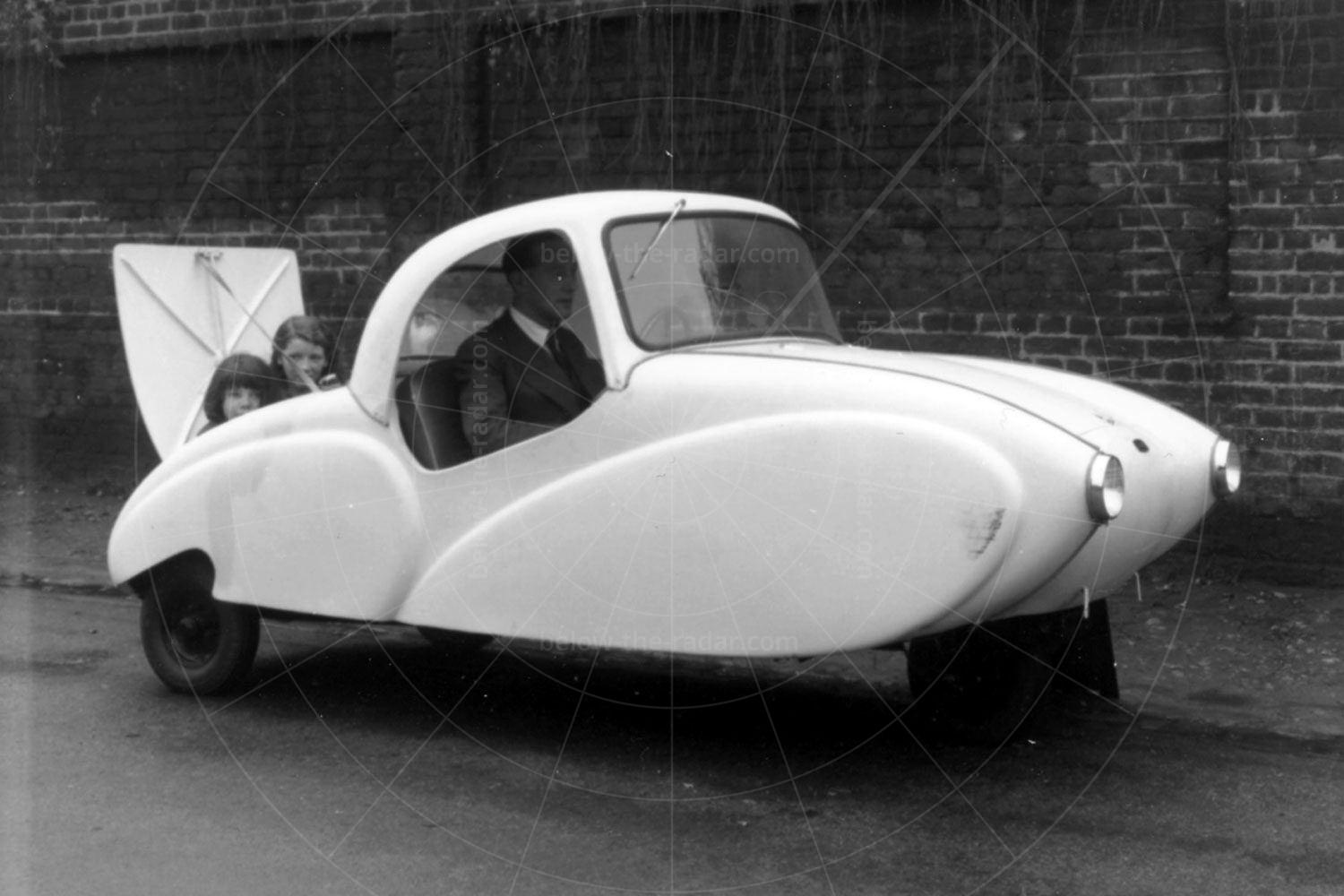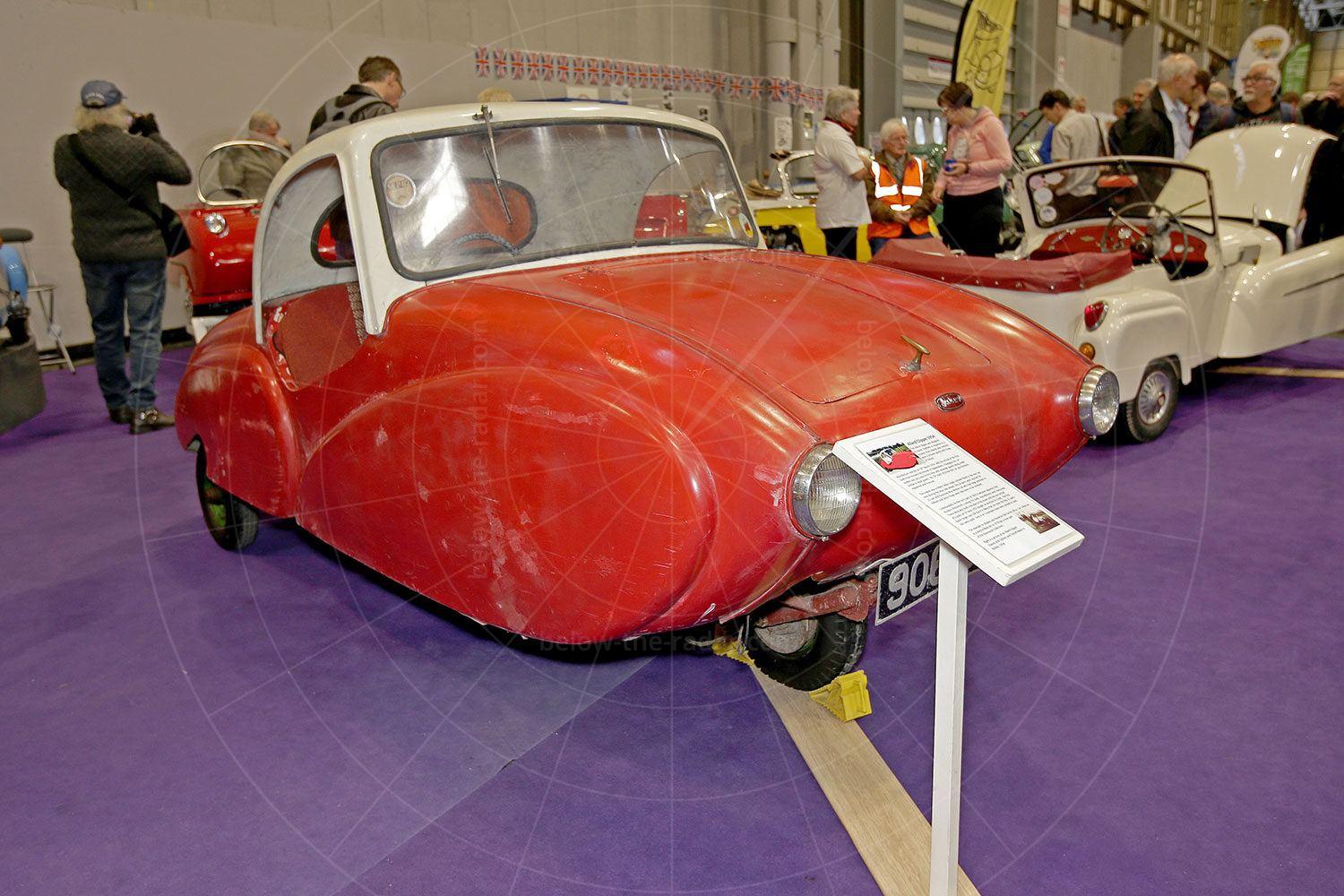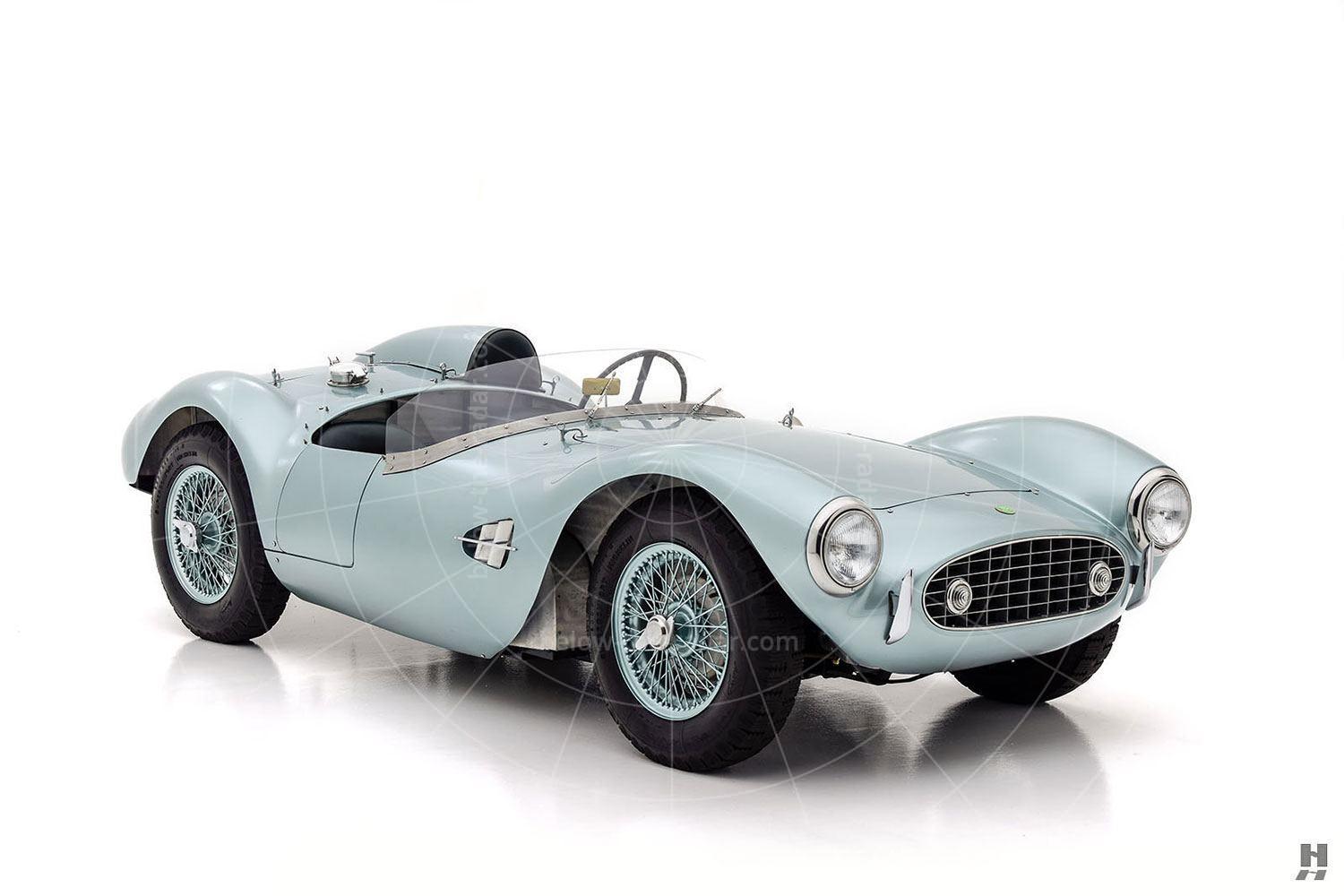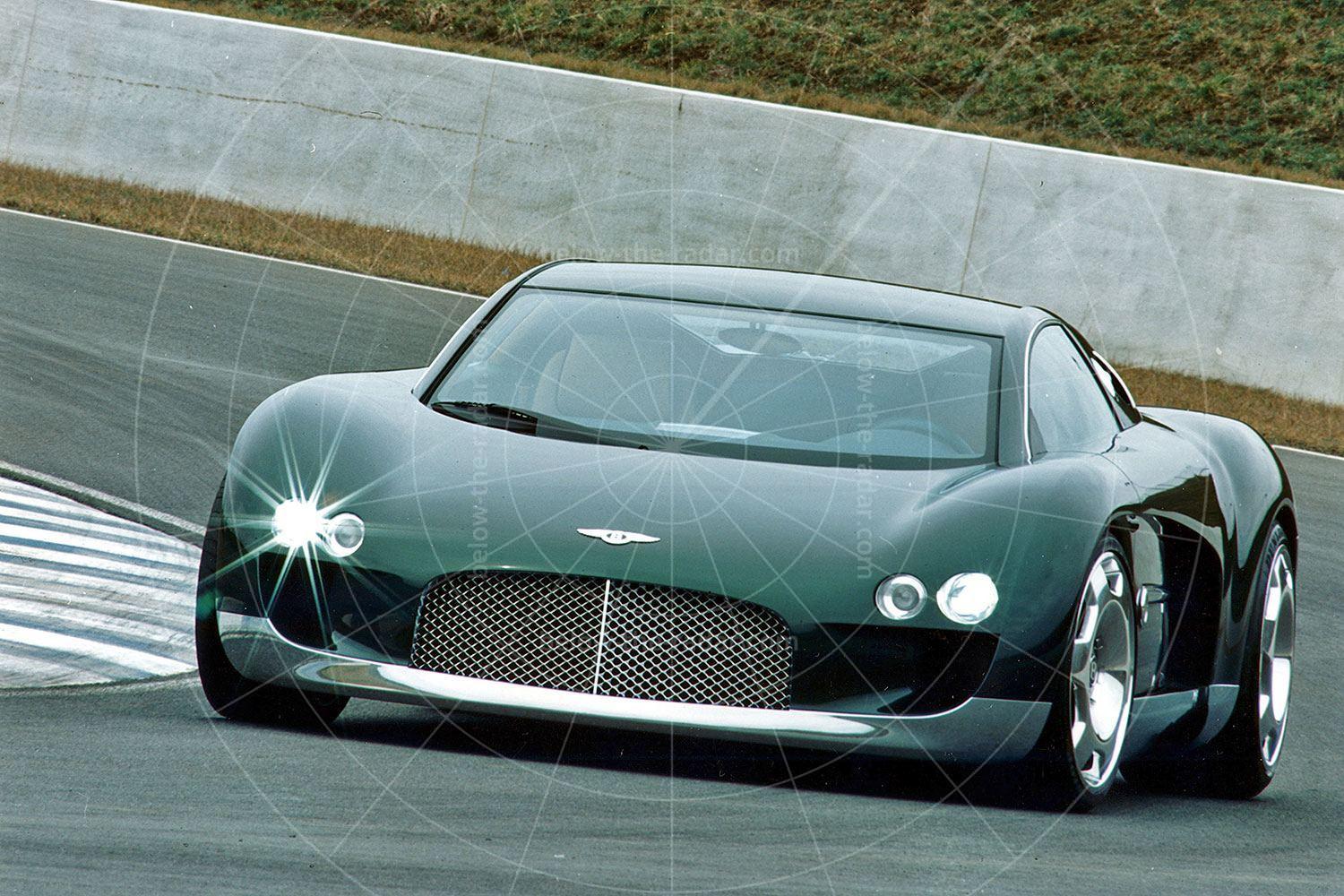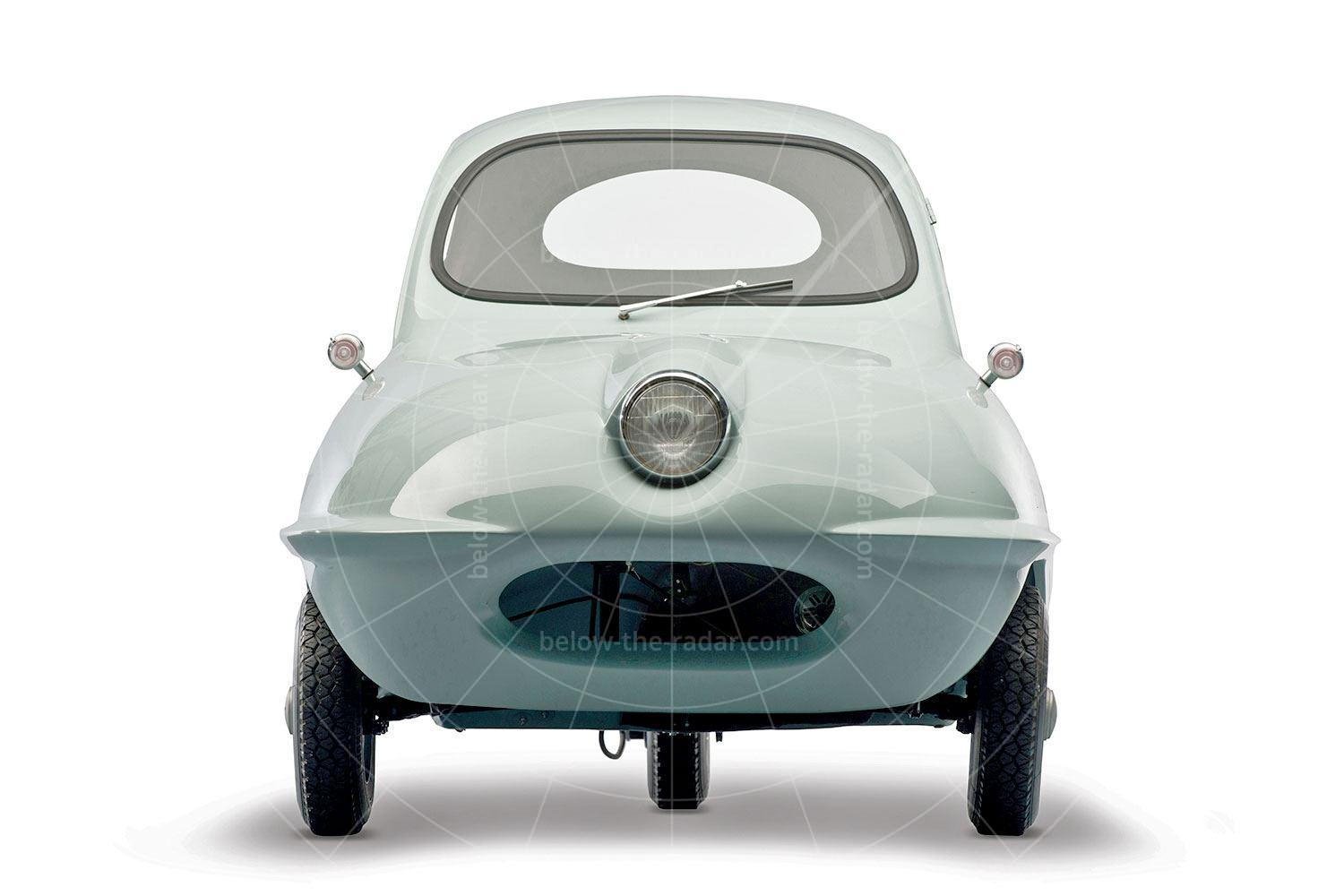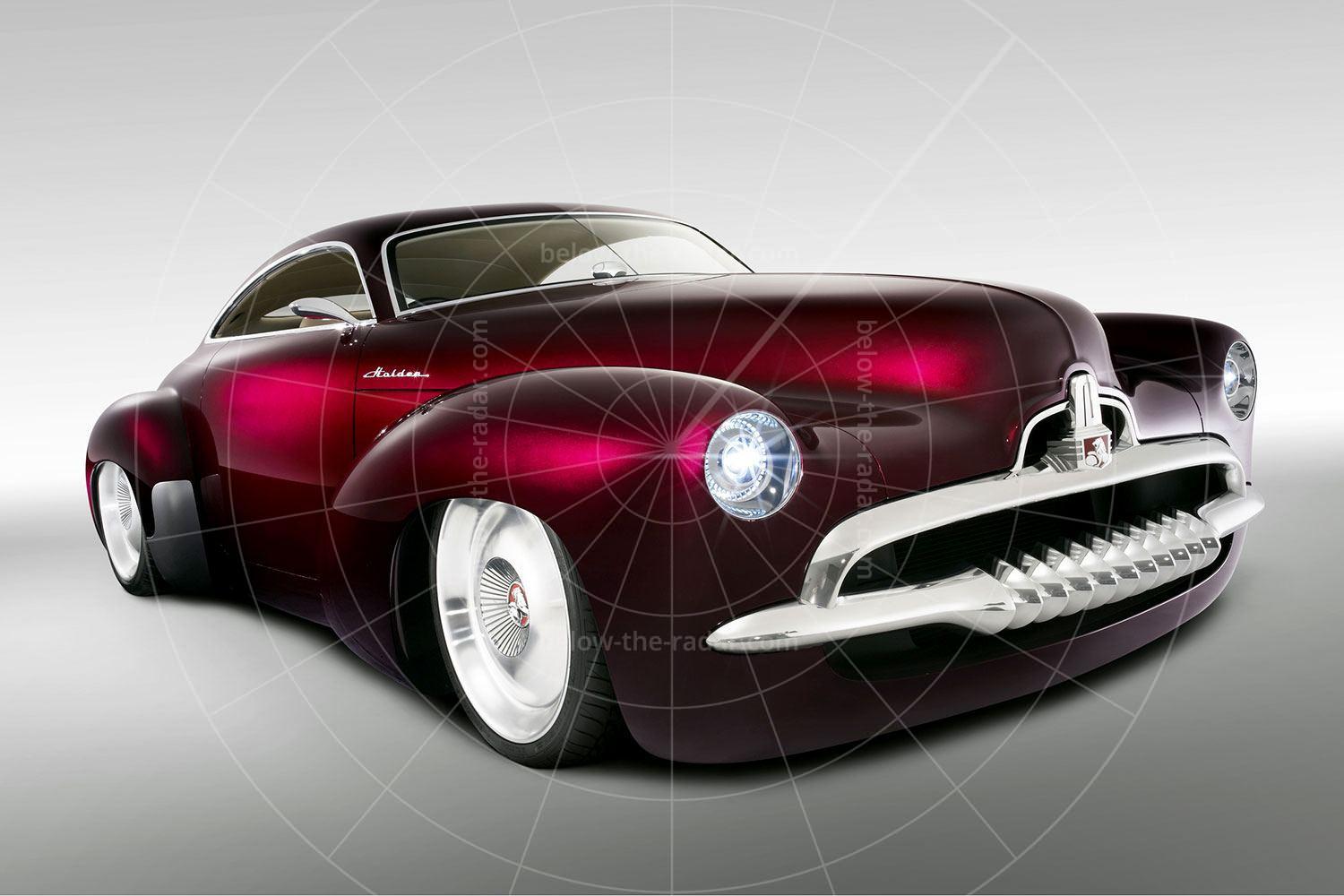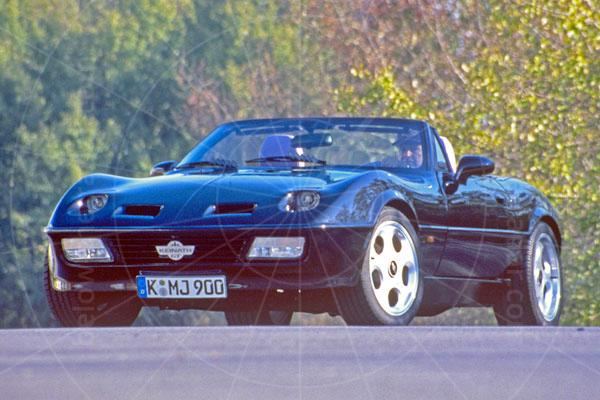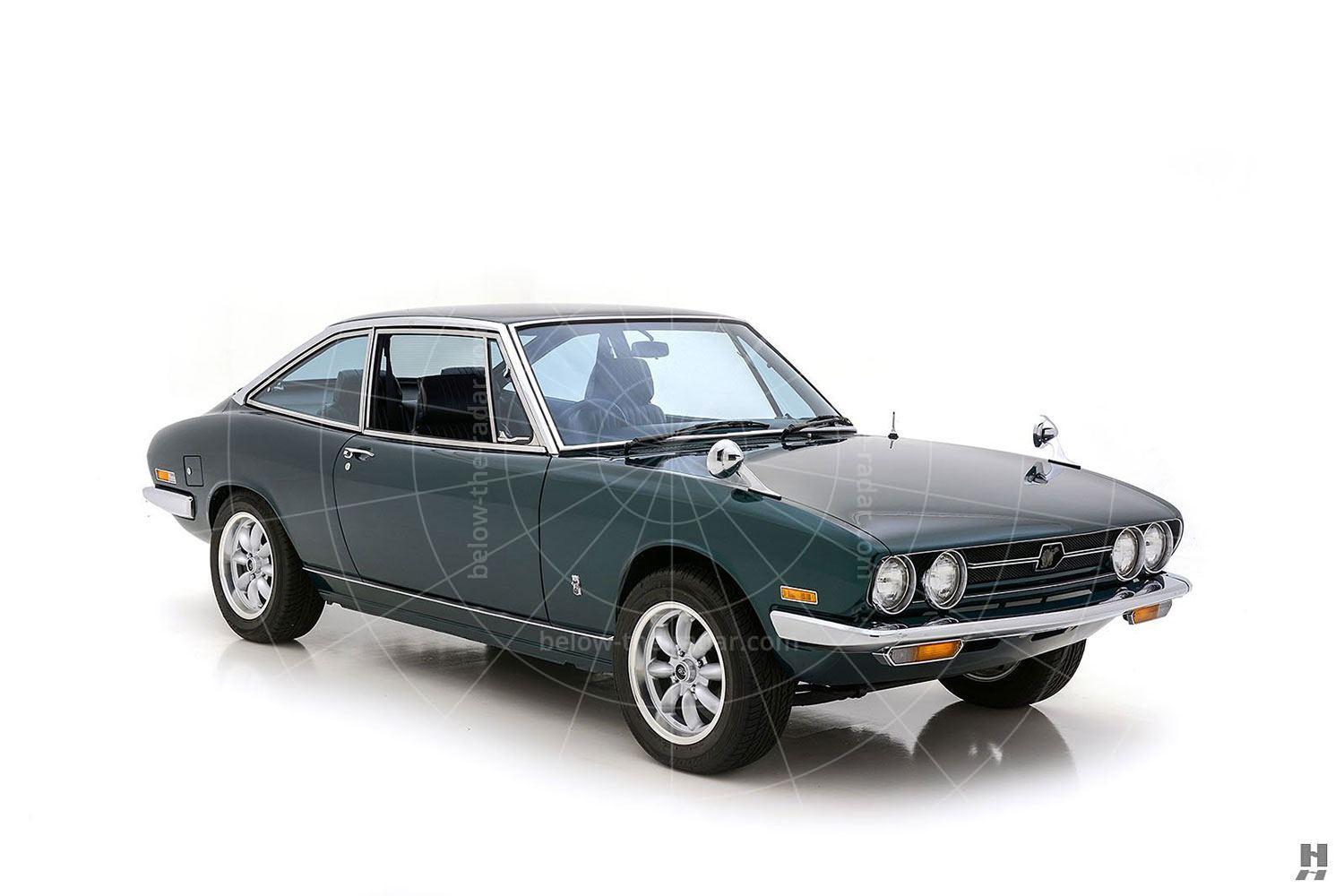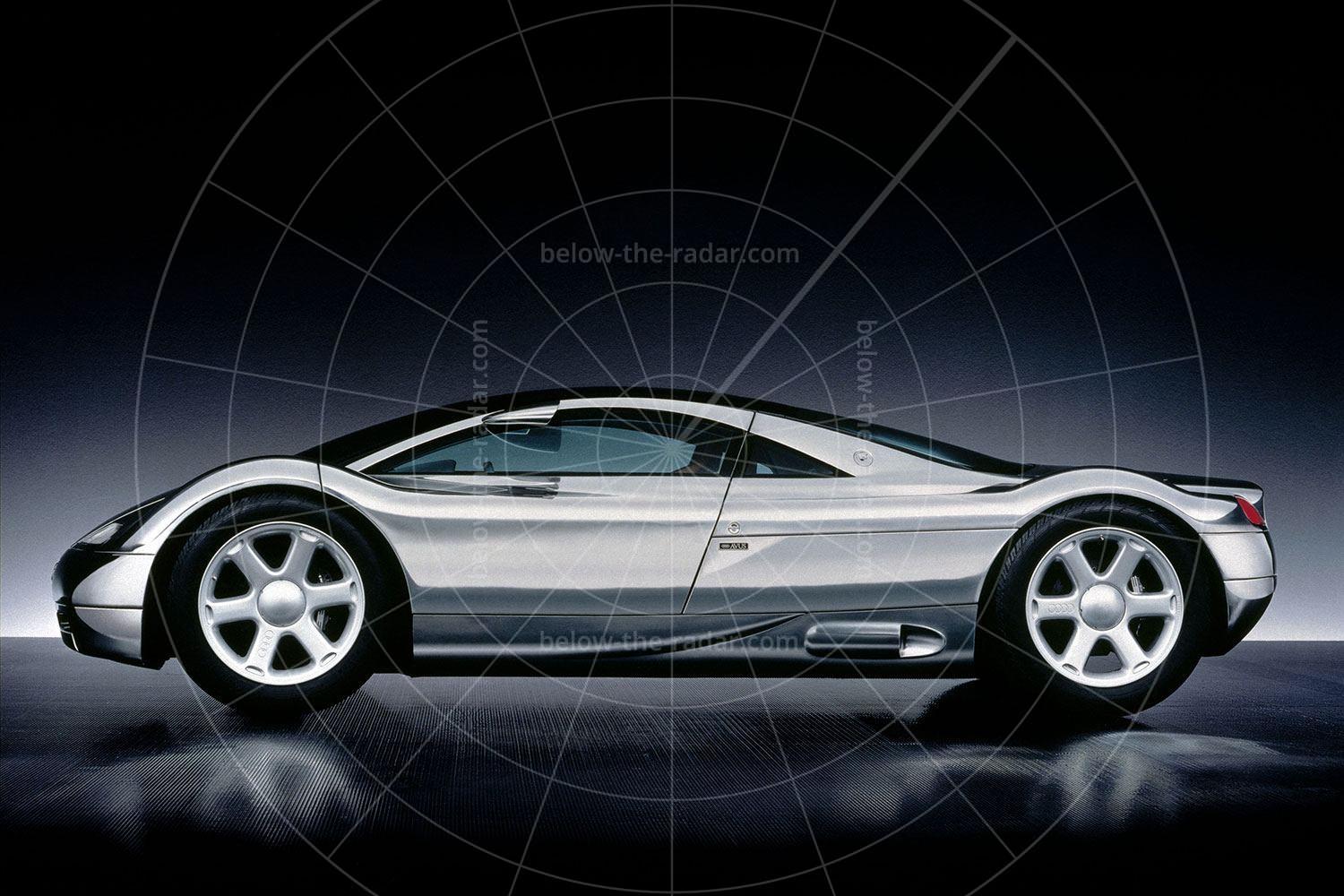Allard was a company that usually built sports cars and grand tourers powered by huge American V8s, so the ultra-compact plastic-bodied Clipper was something of a departure – and most definitely not in a good way. As mainstream car makers offered an increasing number of relatively affordable luxury cars, Allard became ever more marginalised as it struggled to compete on both price and quality. The answer was to explore the opposite end of the spectrum.
Sydney Allard enlisted the help of young engineer David Gottlieb (who would go on to design the Powerdrive and its successor the Coronet), to design a car that could accommodate three (small) people abreast inside on a bench seat, while stuck outside, behind the cabin, was an optional dickey seat for a couple of small children. As a result, despite its diminutive proportions and the fitment of just three pram-sized wheels (they had a diameter of just eight inches), the Clipper was supposedly capable of carrying five people.
The Clipper was one of the first cars ever to be made of glassfibre, with the bodyshells made by a company called Horden-Richmond. Puffing and wheezing underneath that dickey seat was a 346cc single-cylinder engine that cranked out all of 8bhp, which was fed to the left-hand wheel only so that no costly differential was required. But even with this tiny amount of power the Clipper was hideously unreliable, with broken driveshafts and an overheated engine very much par for the course.
The sales material certainly made the Clipper look enticing with its promises of low costs and an "indestructible all-plastic body", and the "Take the nipper in a Clipper" strapline was a stroke of (corny) genius. But sadly just 20 or so Clippers were made before production was wound up. Today just three survivors are known of worldwide.
| Vital statistics | |
|---|---|
| Produced | 1953-1955, England |
| Number built | 22 |
| Engine | 346cc, rear-mounted, 1-cylinder |
| Power | 8bhp |
| Top speed | Unknown |
| 0-60mph | N/A |
| Launch price | £267 |

